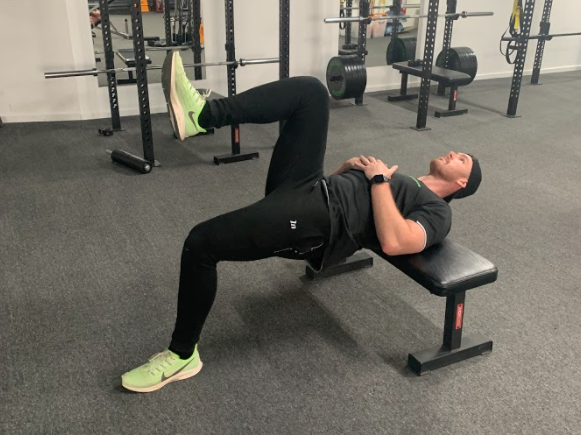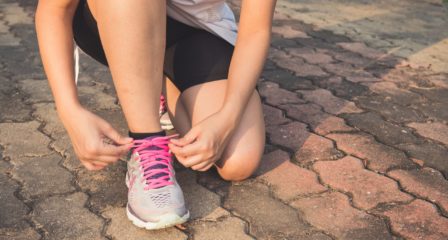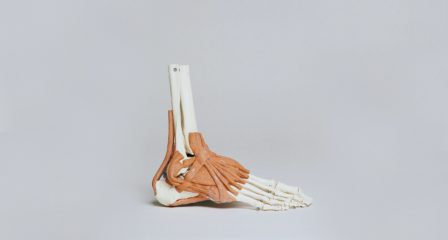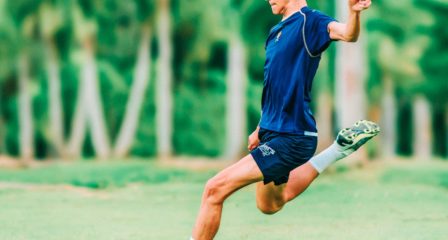Once the physiotherapist has determined the source of the individuals pain, and biomechanical drivers of this overload, they will work with a strength and conditioning coach where possible to design a targeted rehabilitation program, and prepare for a successful return to sport. This can be broken down into 6 components:
- Intersegmental control
- Strength
- Power/plyometrics
- Linear mechanics
- Multidirectional mechanics
- Load management
Intersegmental control
King et al (2017) demonstrated that a rehabilitation program with a focus on intersegmental control had positive functional and pain outcomes, with a 73% return to sport pain free rate at an average of 9.9 weeks. This program also resulted in a change in individuals movement patterns that may result in more efficient load transfer across the pelvis during linear and multidirectional tasks.
When we refer to intersegmental control, we are referring to targeting or isolating key areas as opposed to strengthening or controlling the body as whole. This may include:
- Isolating hip extension
- Lumbopelvic position
- Trunk lateral flexion
- Rotational control
- Lateral hip control
- Isolated muscle activation/strength of stabilisers:
- Iliopsoas
- Glute min
- Obliques
- Deep rotators
An example of this may be an excessive anterior pelvic tilt. Your physio may have identified this as a key pattern during sprinting that they hypothesise is causing adverse lengthening/tension across your abdominal/adductor sling and the conjoining aponeurosis (connective tissue). They may prescribe exercises that target this movement pattern, or ‘segment’ in isolation such as ‘deadbugs’.
It is then crucial that these patterns and isolated segments continue to function optimally through more advanced and complex stages of rehab. That being the components of strength, power/plyometrics, linear mechanics, multidirectional mechanics, and load management. These progressions must always be individualised, sports specific, and progressed as physical competence and symptoms allow. This gives the individual every chance of improving their movement strategies, reducing their pain and returning to sport successfully.
Essentially, those fiddly little exercises prescribed by your physio which can at times be frustrating, lay the foundation of a successful rehabilitation program. These need to be mastered before progressing towards a return to sport, or the predisposing factors that contributed the injury in the first place will remain!
REFERENCES:
Franklyn-Miller A, et al (2016). Athletic groin pain (part 2): a prospective cohort study on the biomechanical evaluation of change of direction identifies three clusters of movement patterns. Br J Sports Med, 0:1–10, doi:10.1136/bjsports-2016-096050
For more information on Physiotherapy at The Injury Clinic, please click HERE
To book a consult online, please click HERE



